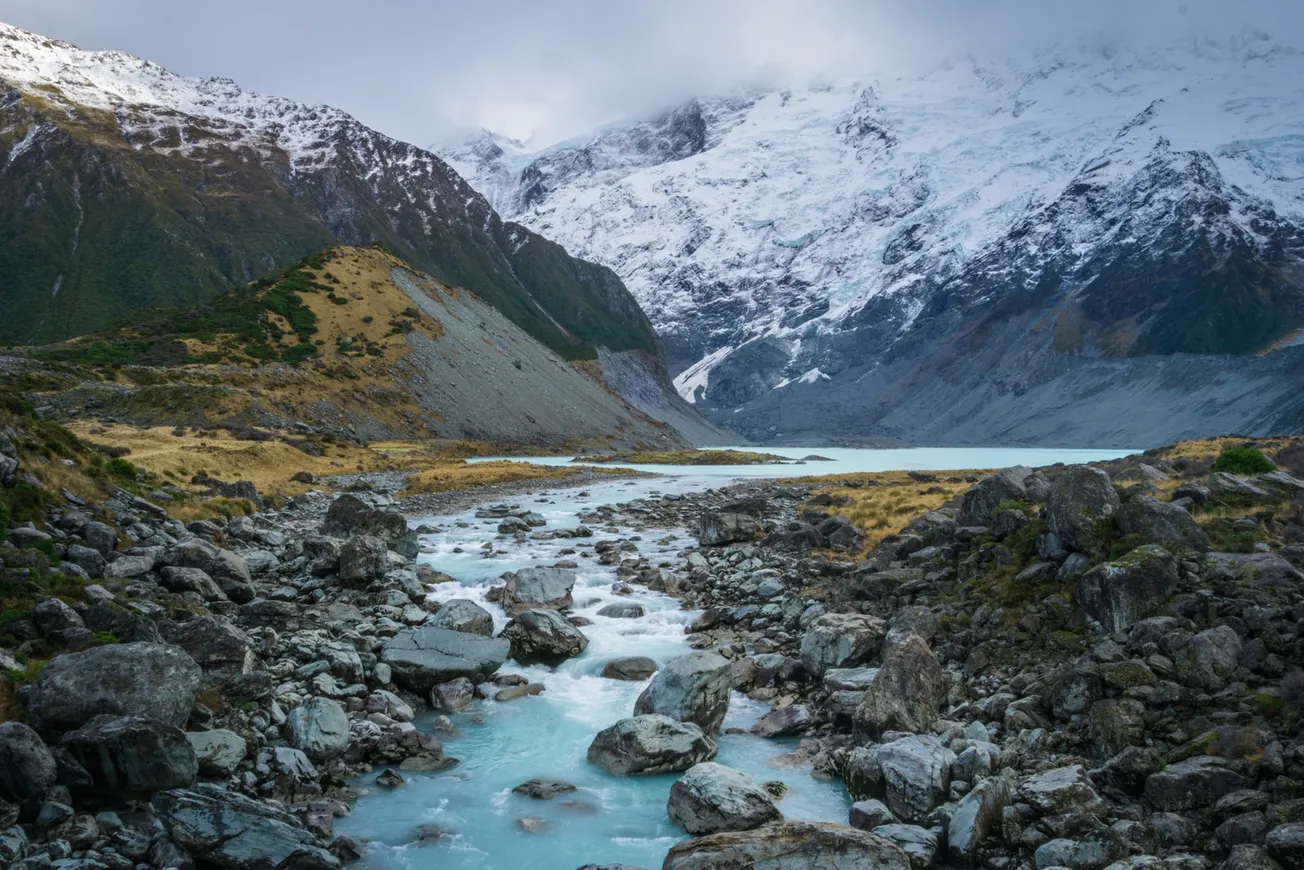As an astute reader noted, I recently referred to New Zealand as Australia’s “Very Special sibling”. I should mock, though: I live in Tasmania. Tassie and NZ have a lot in common: we’re small, remote and like to sell ourselves on our natural beauty. But we’re also alike in another, less complimentary way: we’re both islands of yokels terrified of change.
This can, of course, be a positive: in a world too-often addicted to modernisation for its own sake, the natural conservativism of rural folk can be an asset. You don’t know what you got till it’s gone.
On the other hand, it can also lead to what a businessman once told me is Tasmania’s “can’t do” attitude. One need only consider the decades-long bunfight over a proposed cable car on Hobart’s Mt Wellington. Queenstown’s skyline is a tourist drawcard: Hobart locals are adamantly opposed to anything similar. ‘I don’t like change’ ought to be the state’s motto. For better or worse.
As for New Zealand, is its obsession with “100% Pure” (a slogan cooked up by former Australian PM, Scott Morrison, I’d like to point out) holding back its economic prosperity?
Tourism is one of NZ’s biggest earners, but for all the hoopla over the ultra-successful Hobbiton tour, everyone conveniently forgets that the South Island lost an opportunity to develop a similar tourism mecca, thanks to environmental policy. Location permits were only granted for Mount Sunday (Edoras, in the films) on the proviso that the entire set, access roads, everything be removed and the location restored to its “pristine” condition. As it is, many fans make the long trek up an unsealed road anyway, just for the chance to stand on the spot: imagine the tourism boom, had the set been left in situ. But, no: “100% Pure” it had to be.
Another NZ economic powerhouse is agriculture. But a perfect storm is looming over that: the continuing obsession with “Net Zero” and agricultural emissions and the fact that the bulk of agricultural income is from exports to China. But China is busily building up its domestic agriculture, in dairy especially. As Tasmanian lobster and wine producers found, if China suddenly decides it doesn’t want your produce, you’re screwed and left to try to win back the locals you’ve fobbed off with high-priced, second-rate leavings for years.
Climate Cultism is threatening New Zealand’s prosperity on another front: energy.
The Ardern government shut down Marsden Point oil refinery. For all the chattering class histrionics, the Luxon government is only slightly less demented. While Australia is proving open to at least debate about nuclear power, New Zealand’s anti-nuclear Luddism is so firmly set, it should be used to anchor transmission towers.
But there is one massively under-developed, non-fossil fuel, energy resource in New Zealand: geothermal energy.
With over 17% of its electricity already generated from geothermal sources and capacity for much more, New Zealand could position itself as a prime location for the burgeoning data centre industry.
The country’s geothermal fields, particularly in the Taupo volcanic zone, represent one of the world’s most significant and accessible geothermal resources.
On my first visit to New Zealand, the landscape around Taupo was a flabbergasting experience. Steam. Steam coming out of the ground!
Where there’s steam, there’s energy. Lots of it.
Energy that could, for instance, be used to power the energy-hungry data facilities that are needed to run the booming AI industry.
New Zealand’s abundant geothermal energy and cool climate would make it an ideal host for such operations. Such a development could bring billions in investment and create thousands of high-paying tech jobs, significantly boosting New Zealand’s economy.
So, what is stopping a Kiwi geothermal boom from happening on a larger scale?
Kiwis are even more adamantly opposed to AI than a Hobartian to a cable car. New Zealanders are significantly more distrustful of AI than the rest of the world.
Also, like Tasmania, New Zealand is over-governed and over-bound in red tape.
The country runs a complex consenting process, governed by multiple statutes. Regional councils wield primary authority over geothermal resource allocation, leading to inconsistent policies across regions and uncertainty for developers. Environmental concerns, stemming from past geothermal developments that caused adverse impacts further complicate the picture.
And then there’s the other big hurdle that no one can talk about.
Moreover, much of New Zealand’s geothermal potential lies under Maori-owned land. While consultation with indigenous landowners is crucial for equitable development, it can lead to lengthy negotiation processes.
The Australian
As everyone in New Zealand knows, Maoridom is a huge money spinner for a very select few. Just as with the crony network of the Aboriginal Industry in Australia, which funnels rivers of taxpayer gold into the pockets of a handful of Big Men while remote communities are left to fester, there’s a vast gap between the mansions of the iwi big shots, and a Kainga Ora house in South Auckland.
Developing geothermal resources on Maori-owned land could be a huge opportunity. But it’s certain to lag in bureaucratic hell while the trougher class figures out how to profit from it.
So in the meantime, just as in Tasmania, it’s very much the can’t-do attitude.









